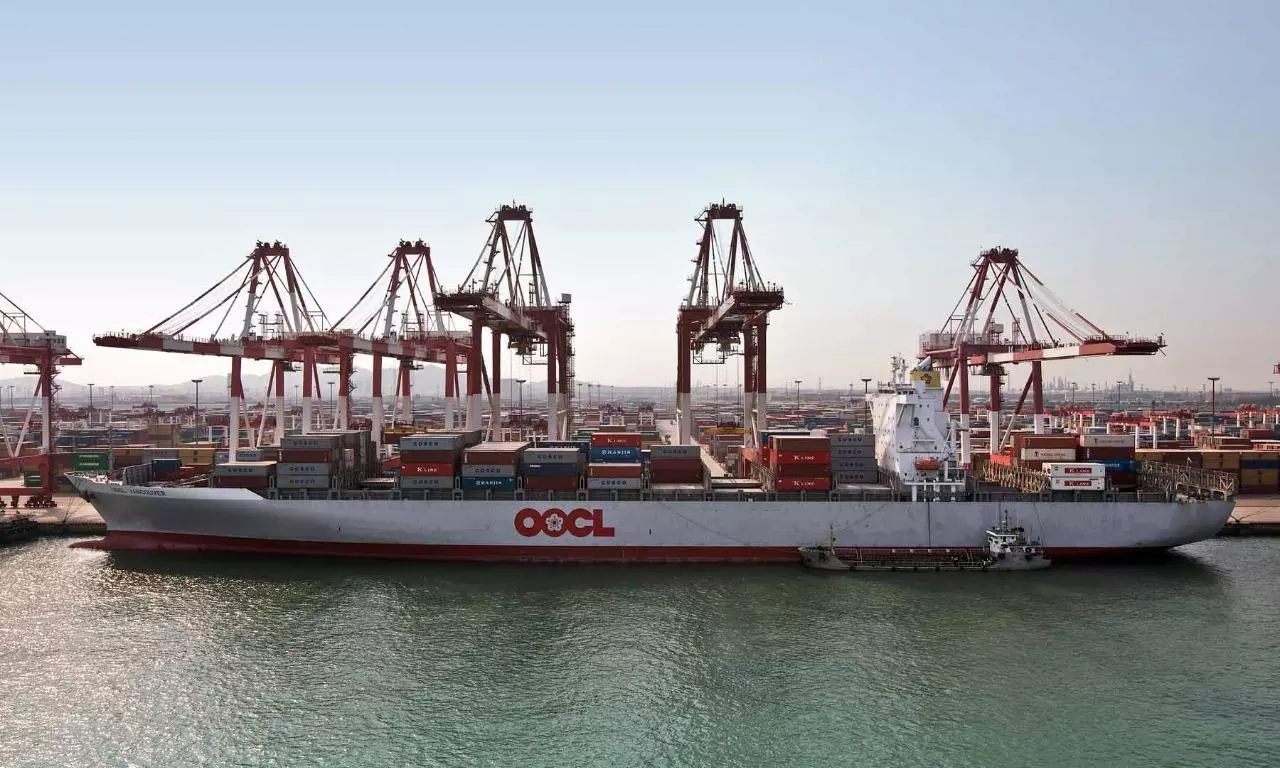High shipping rates could increase inflation by 1.5%: IMF
Effects are quite persistent, peaking after a year and lasting up to 18 months

The increase in shipping costs observed in 2021 could increase inflation by about 1.5 percentage points in 2022, according to an analysis by the International Monetary Fund (IMF).
"Studying data from 143 countries over the past 30 years, we find that shipping costs are an important driver of inflation around the world: when freight rates double, inflation picks up by about 0.7 percentage point," the report said. "Most importantly, the effects are quite persistent, peaking after a year and lasting up to 18 months."
While the pass-through to inflation is less than that associated with fuel or food prices — which account for a larger share of consumer purchases— shipping costs are much more volatile, says Yan Carrière-Swallow , Pragyan Deb, Davide Furceri , Daniel Jiménez and Jonathan D. Ostry in their analysis. "As a result, the contribution in the variation of inflation due to global shipping price changes is quantitatively similar to the variation generated by shocks to global oil and food prices."
The study also shows that higher shipping costs hit prices of imported goods at the dock within two months, and quickly pass through to producer prices — many of whom rely on imported inputs to manufacture their goods. "But the impact on the prices consumers pay at the cash register builds up more gradually, hitting its peak after 12 months. This is a much slower process than what is seen after a rise in global oil prices, which drivers feel at the pump within a couple of months."
The inflationary impact of shipping costs will continue to build through the end of 2022, the report said. "This will create complicated trade-offs for many central bankers facing increasing inflation and still ample slack in economic activity." Moreover, the war in Ukraine is likely to cause further disruptions to supply chains, which could keep global shipping costs — and their inflationary effects — higher for longer.
2021 like no other decade for carriers
Global shipping lines made an operating profit of over $110 billion in 2021, and accounting for carriers yet to report numbers (HMM and OOCL), we are likely looking at an additional $10-15 billion, Sea-Intelligence said in its update.
"We can see the absurd nature of the supply/demand situation and the freight rate environment of 2021, dwarfing each of the previous years in terms of EBIT/TEU. The previous years are hardly relevant in context of the outsized EBIT/TEU numbers we are seeing right now. In FY2021, the smallest EBIT/TEU was recorded by Maersk of $686/TEU whereas the largest EBIT/TEU was recorded by ZIM of a staggering $1,671/TEU."
On average, six shipping lines netted an operating profit of $861/TEU, the report said.
WCI down, Xeneta says spot rates firm
Drewry's composite World Container Index (WCI) declined over 4 percent to $8,470.45/40ft container last week. The index, however, remains 74 percent higher than a year ago. The average composite index of the WCI, year-to-date, is $9,285/40ft container, which is $6,130 higher than the five-year average of $3,156 per 40ft container.
Far East-South American East Coast trade was the only front haul route where long term rate is lower than the average spot rate among the top 13 trades tracked by Xeneta last week.
Average container prices declined 12-18 percent in China during the last one month but are expected to increase in the coming weeks, according to an analysis by Container xChange.



